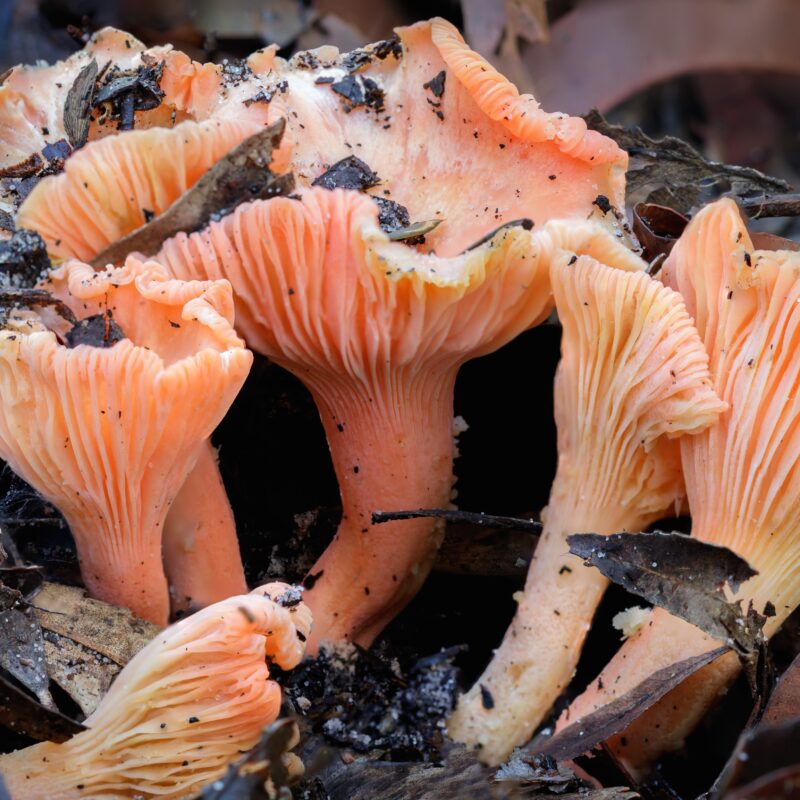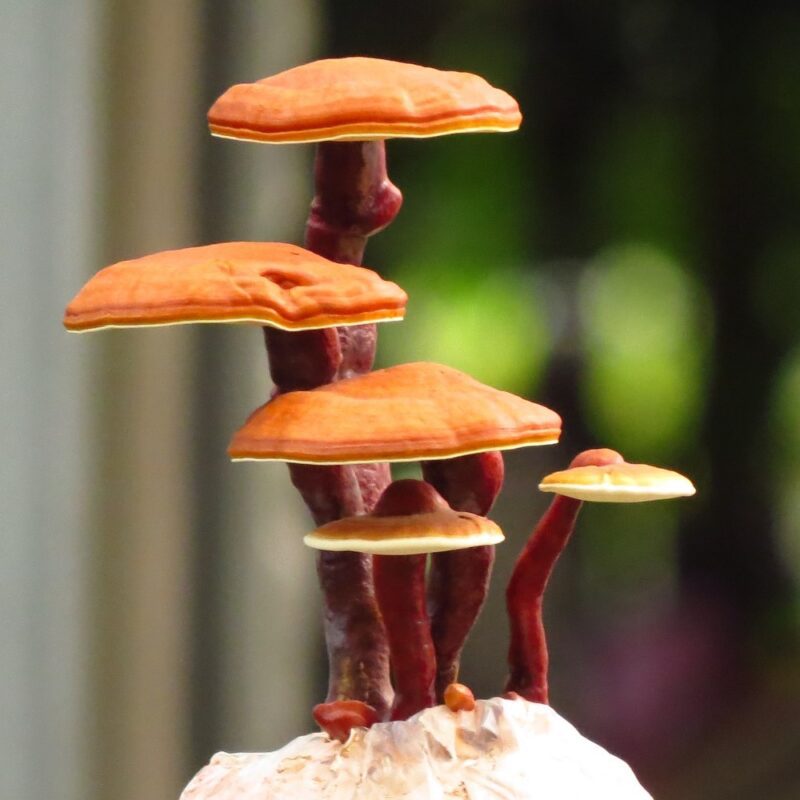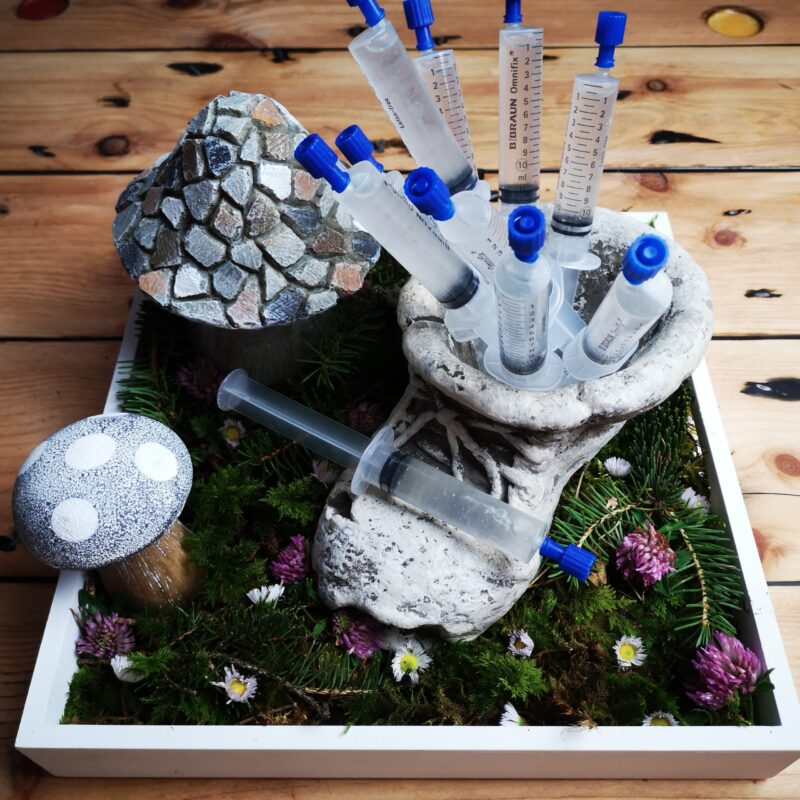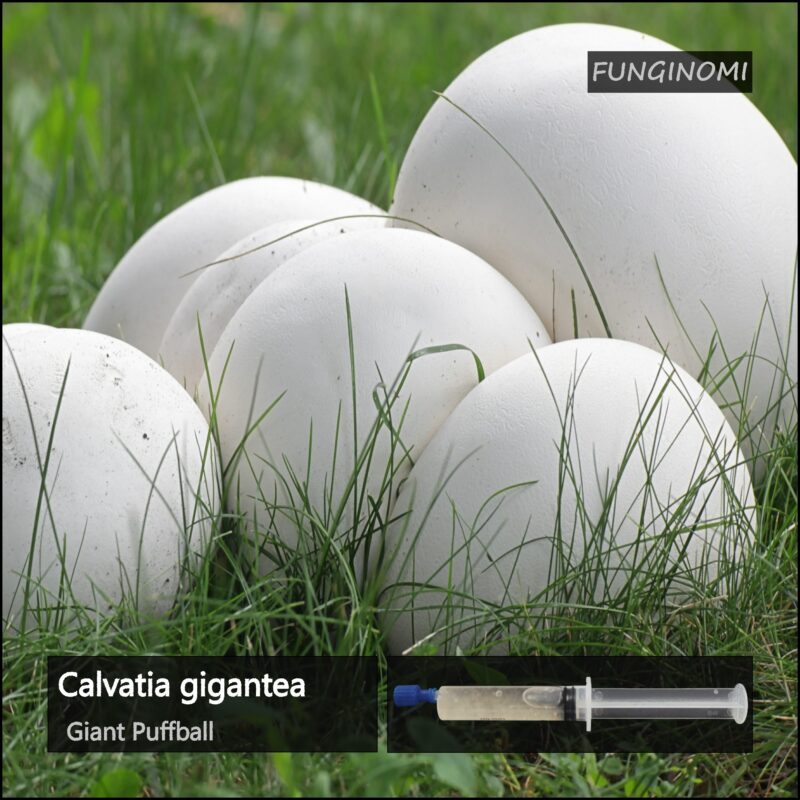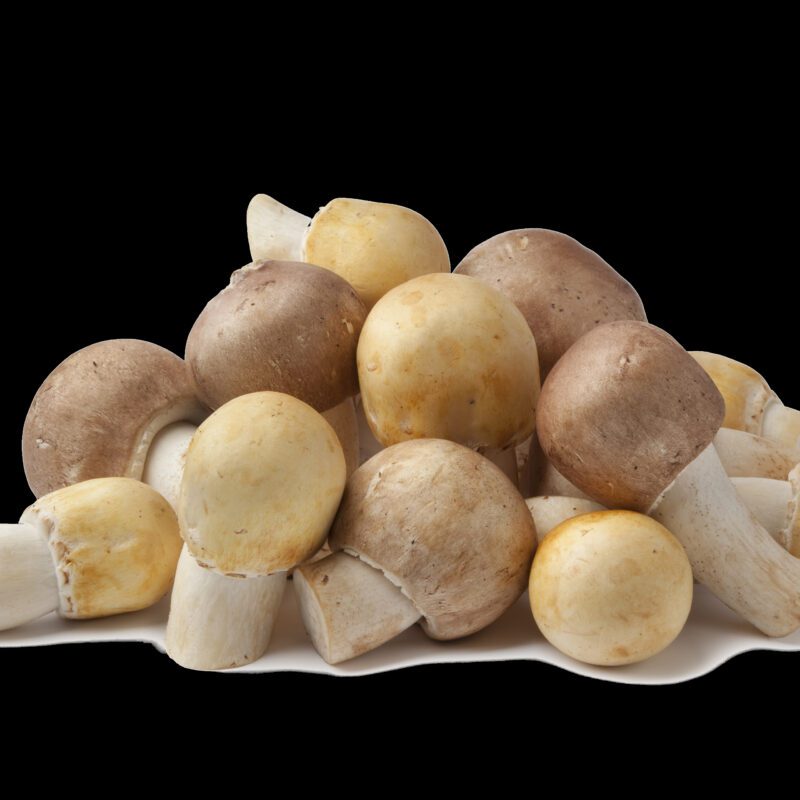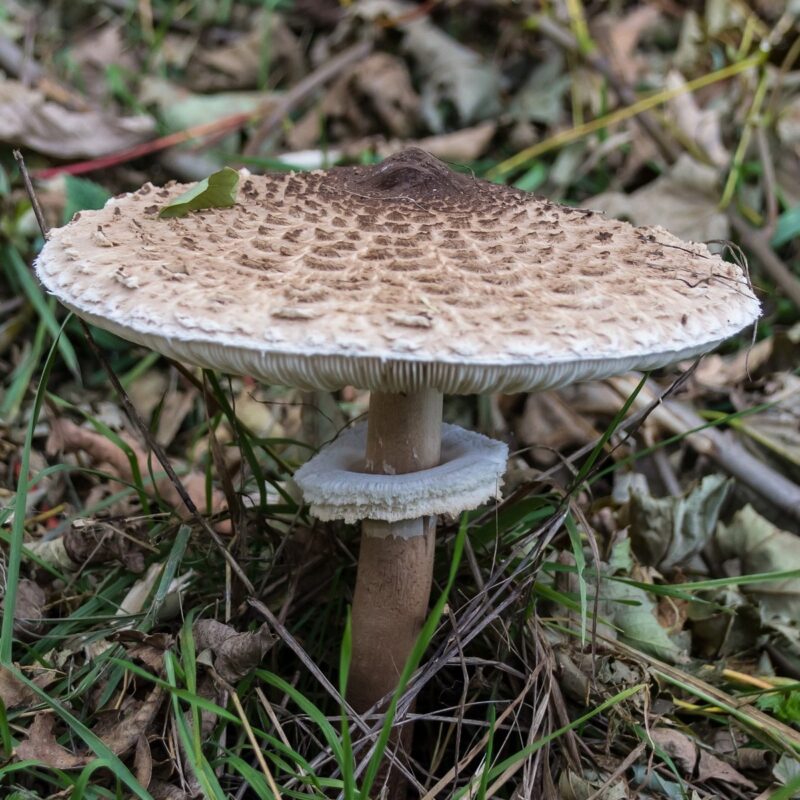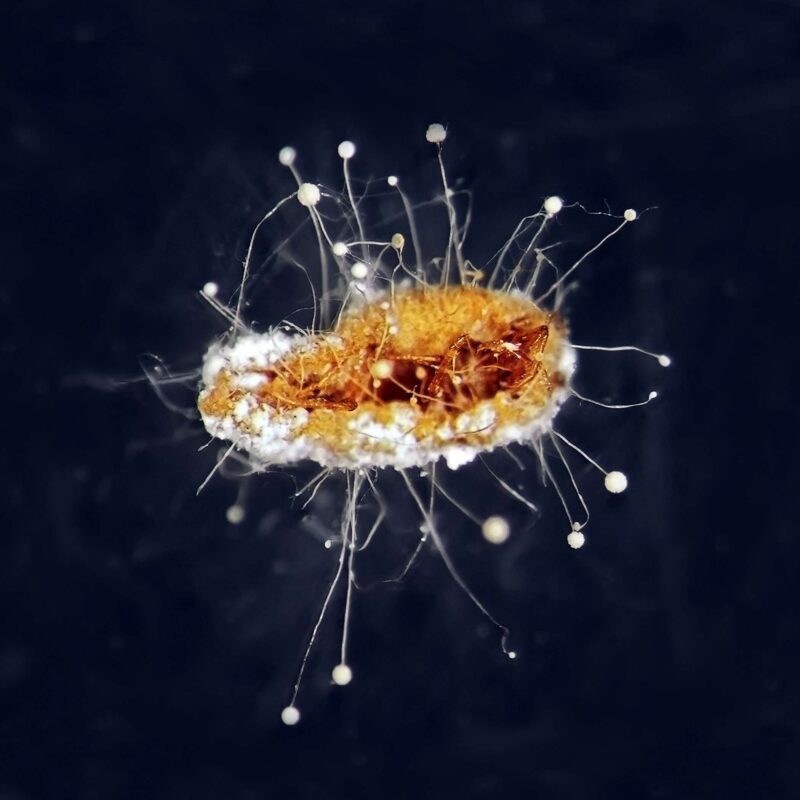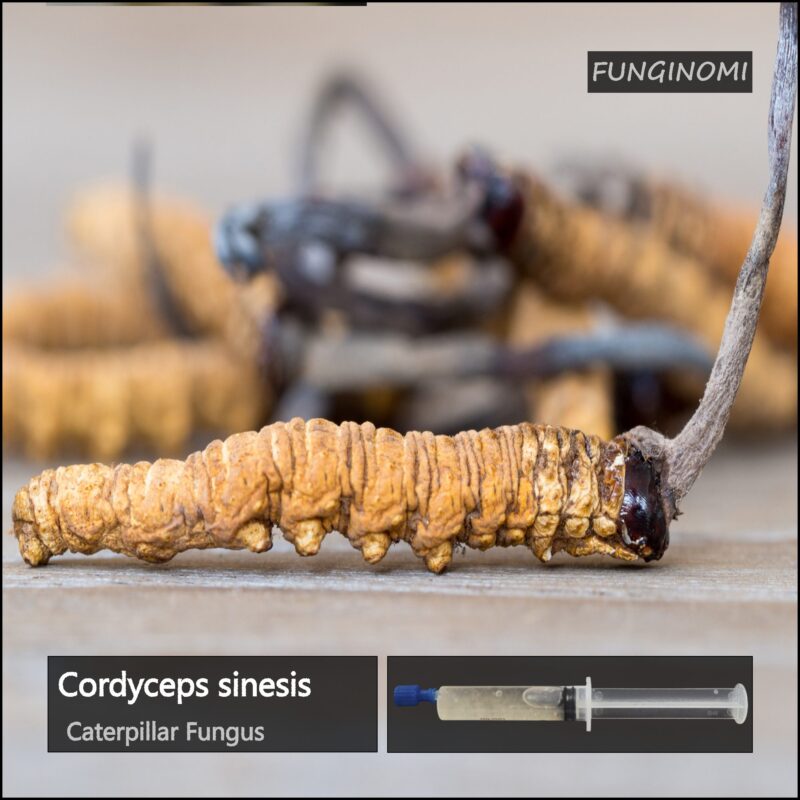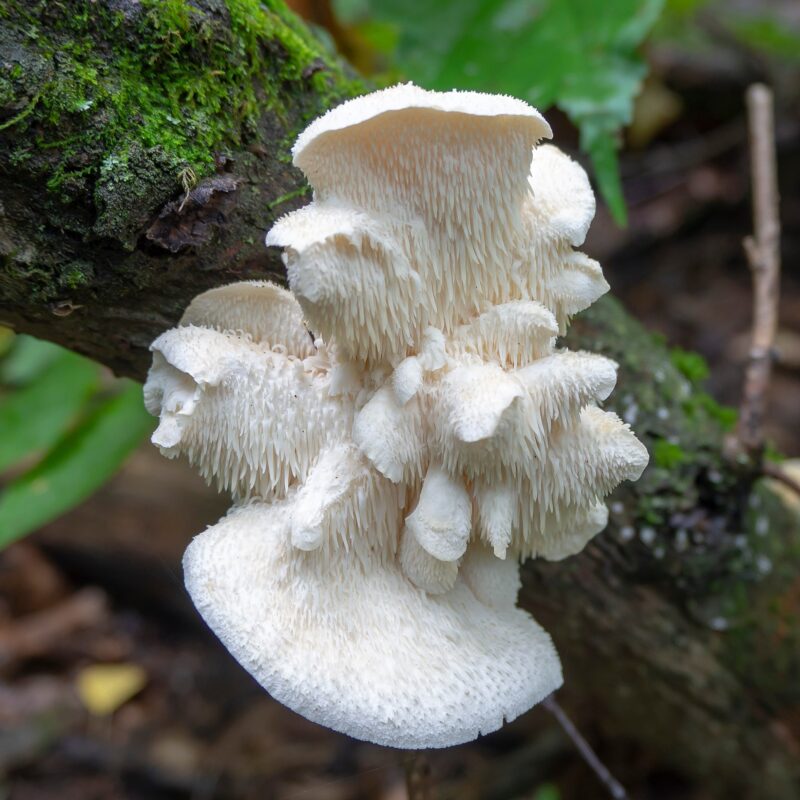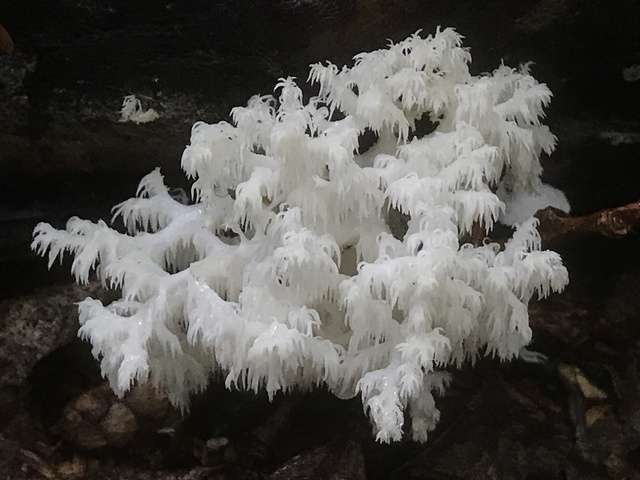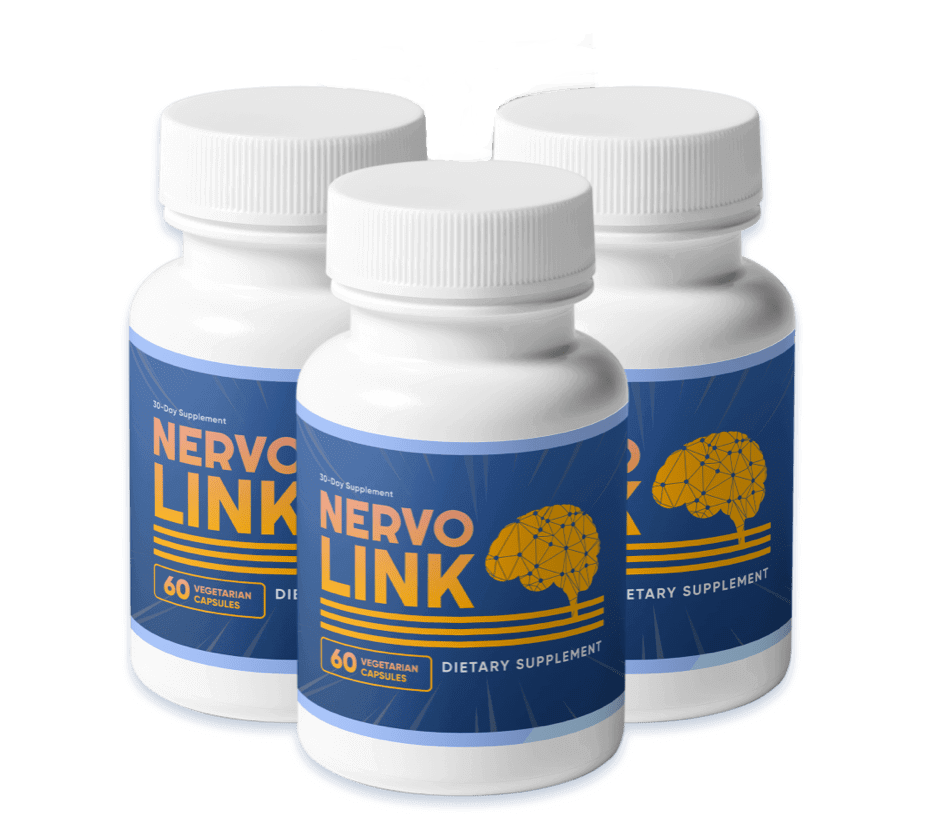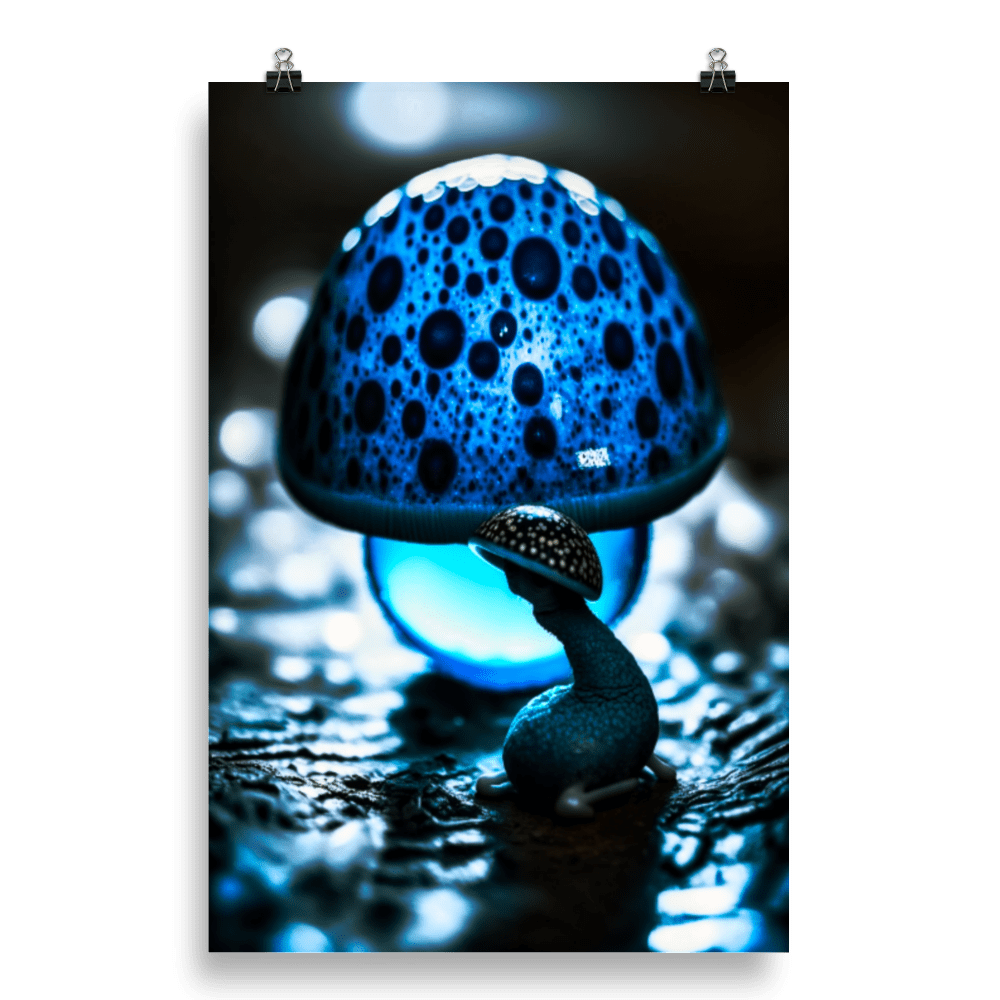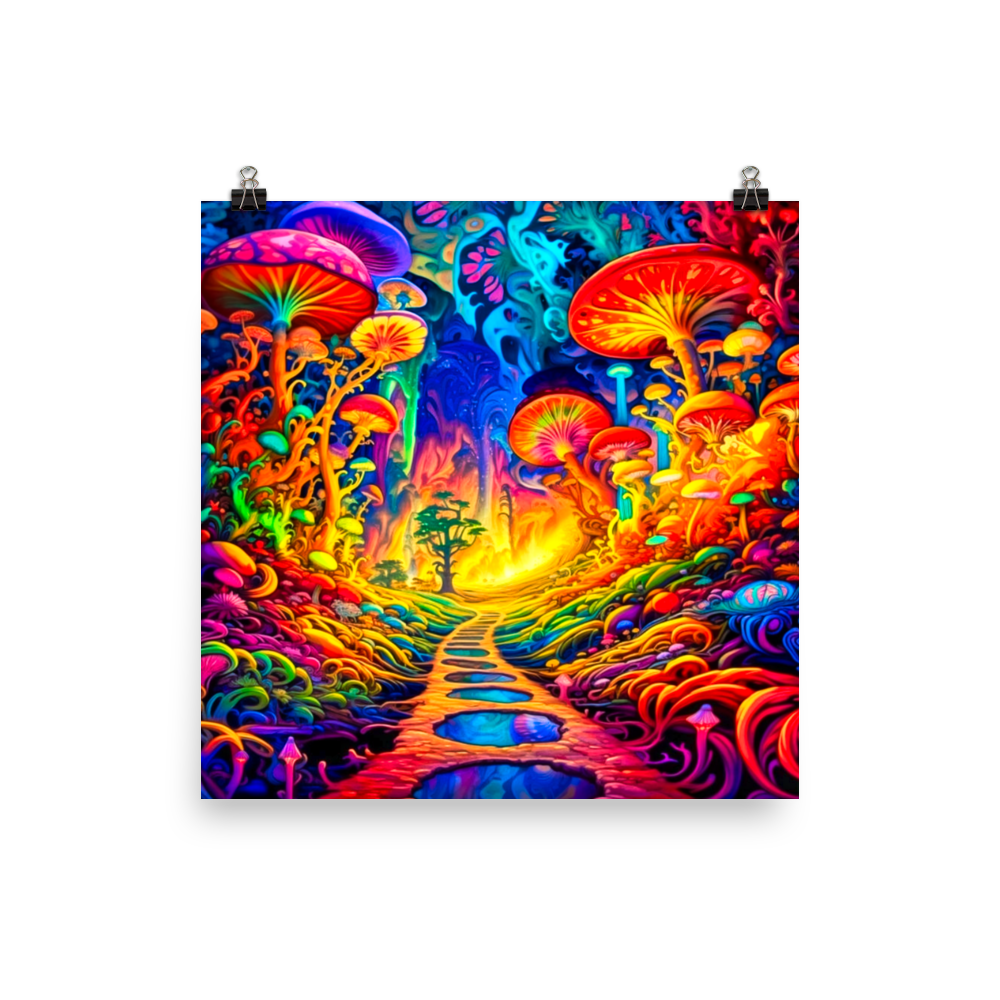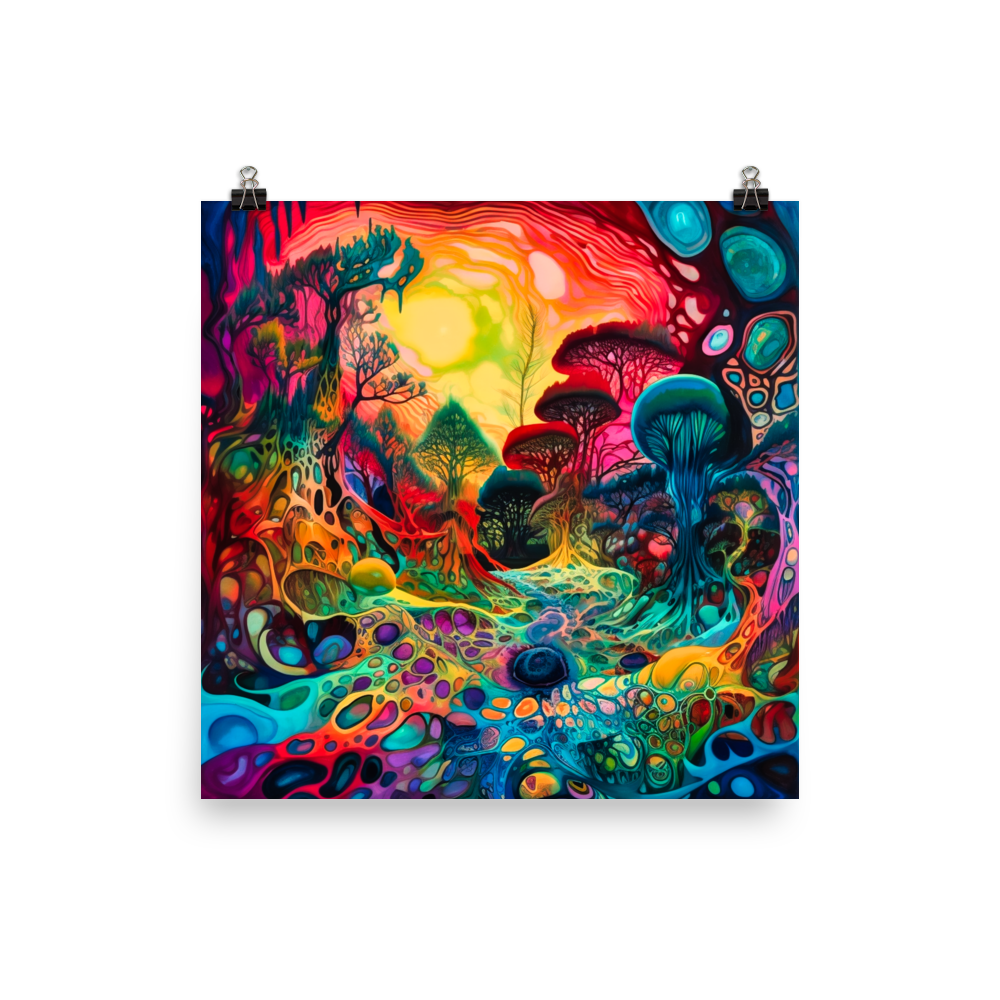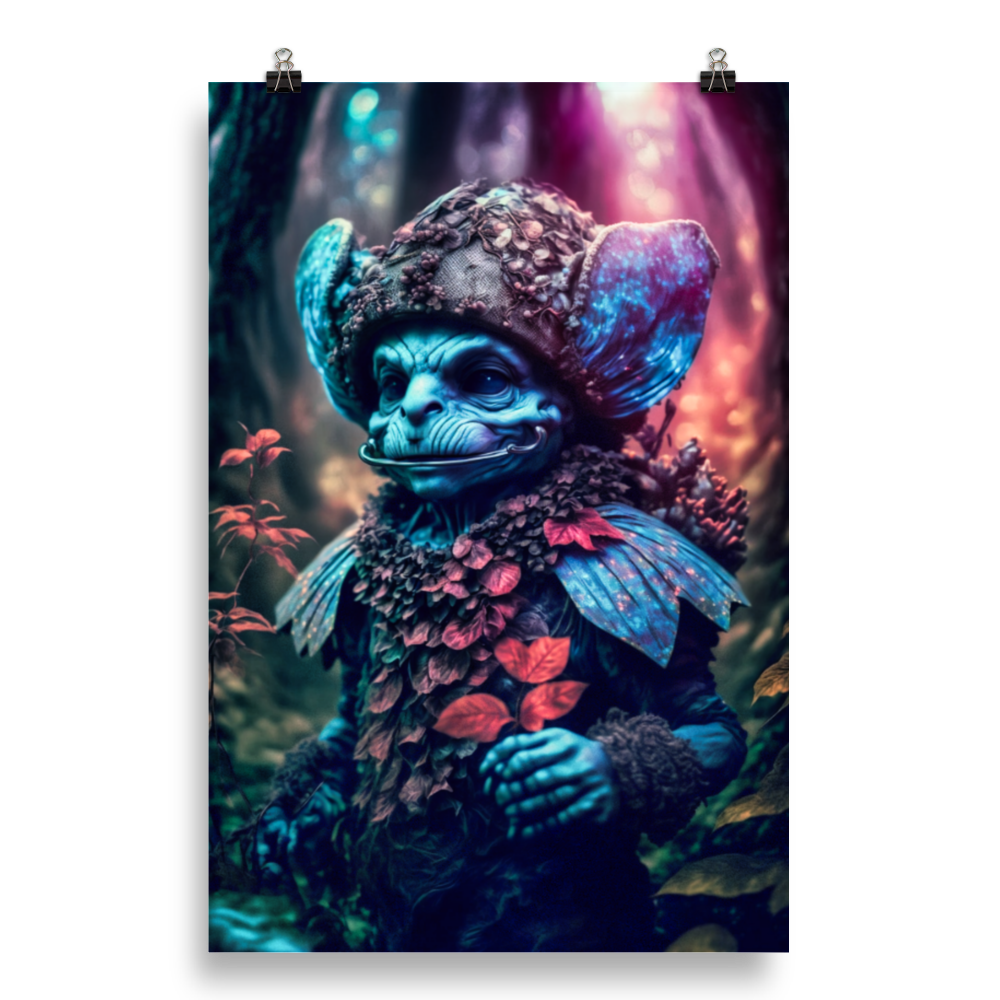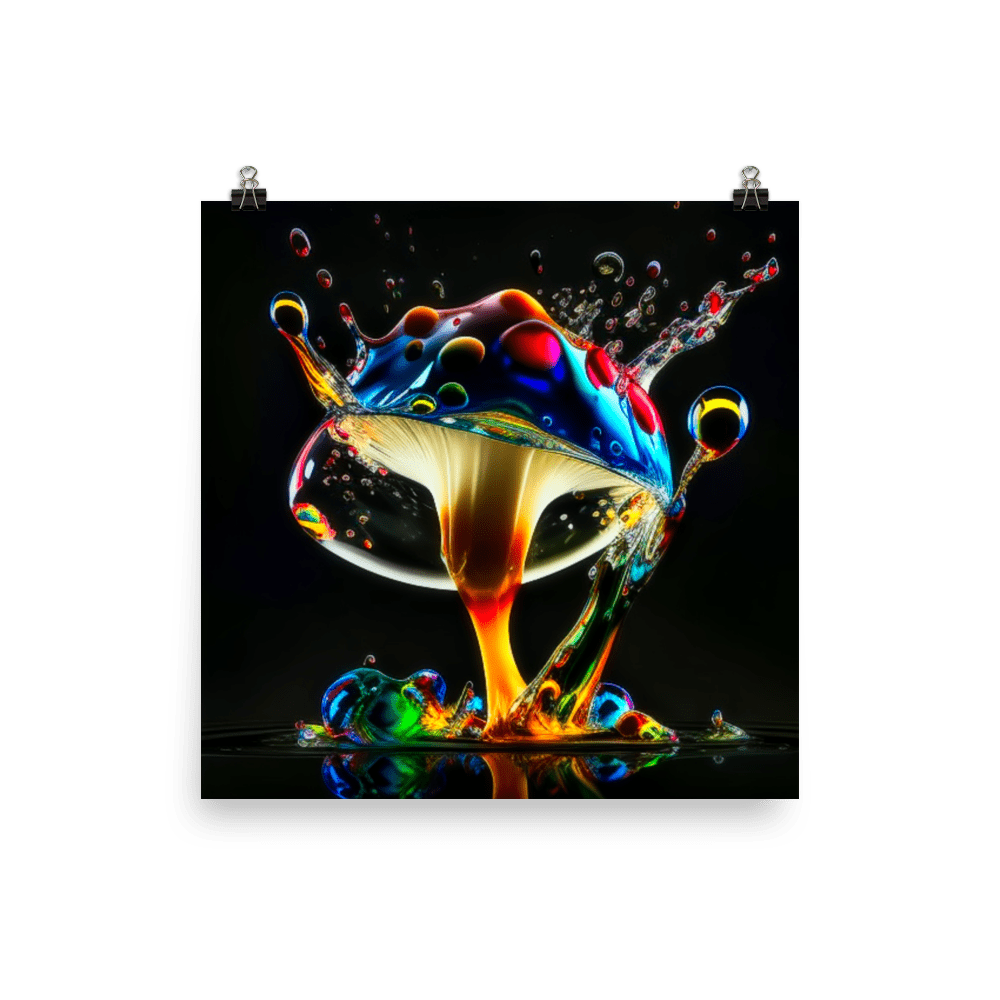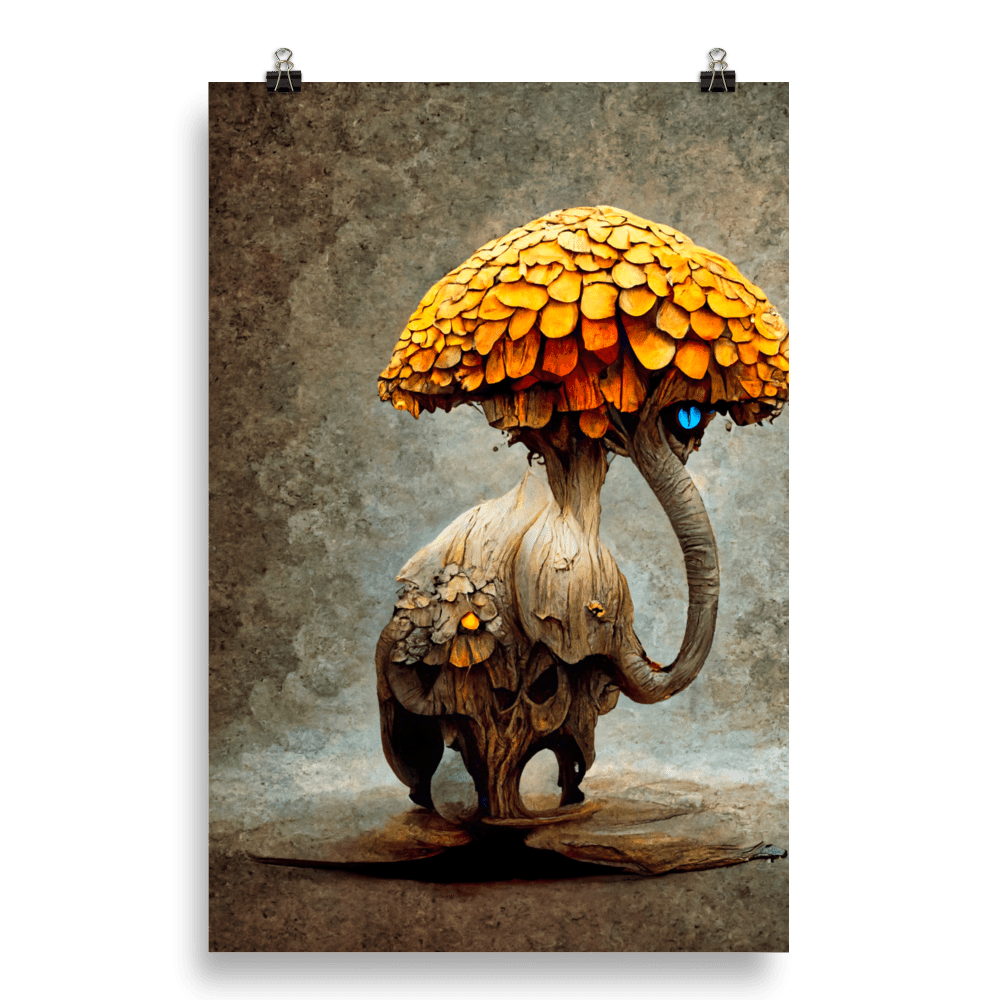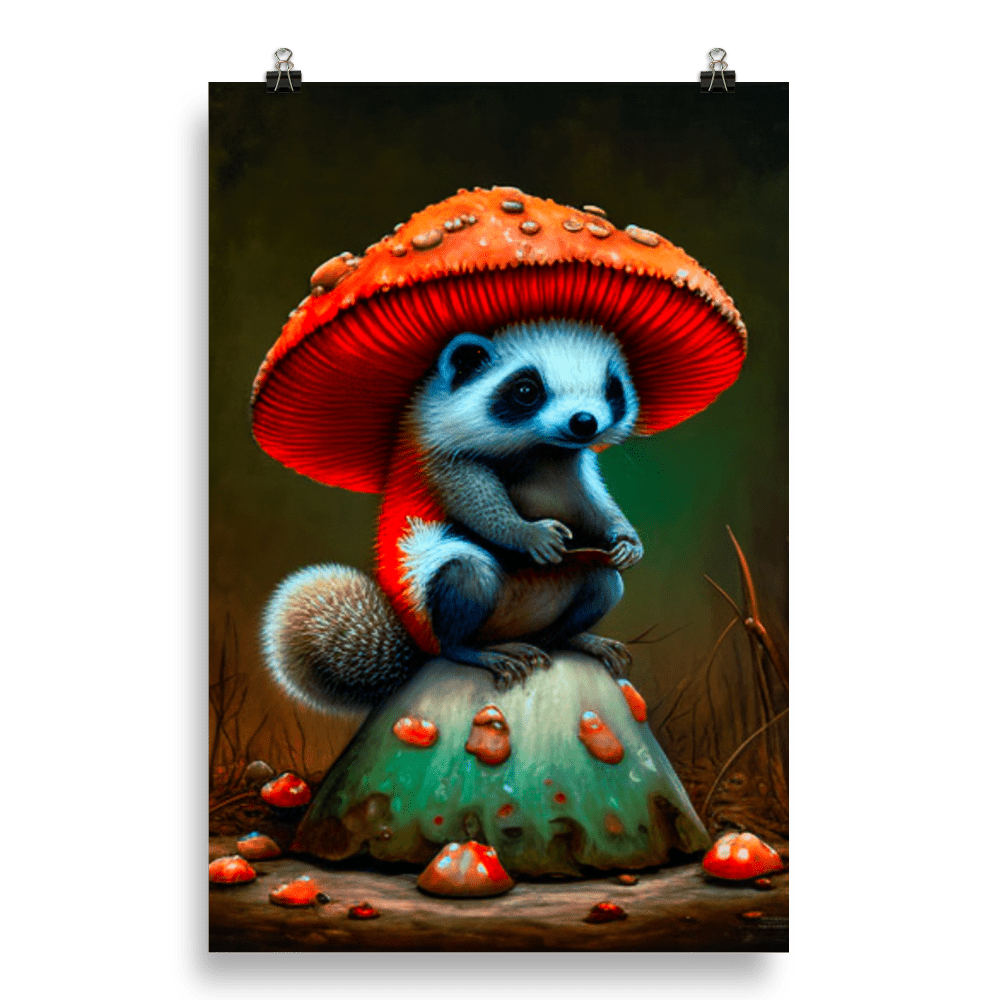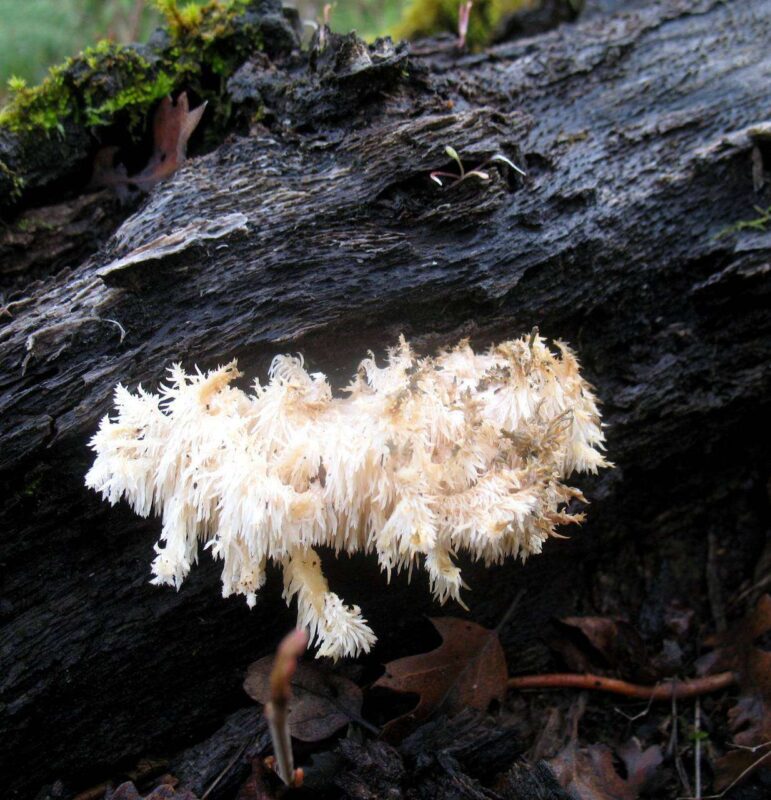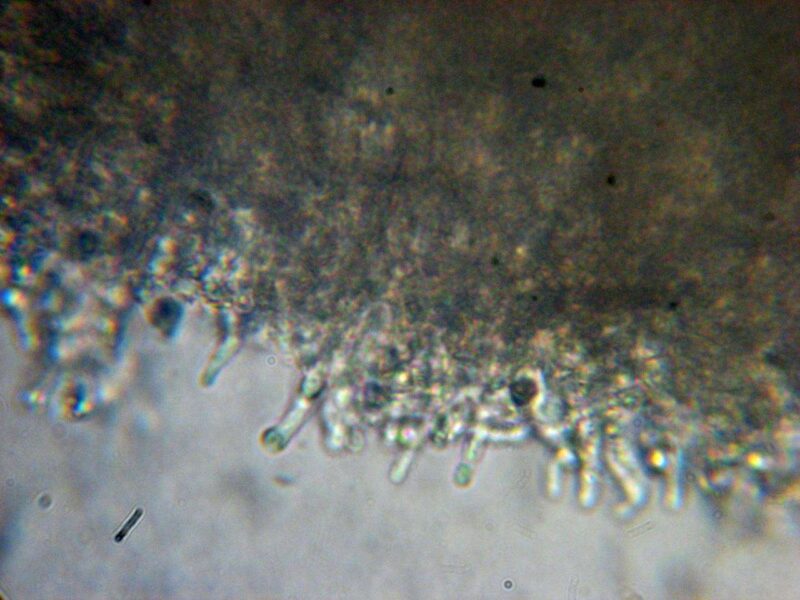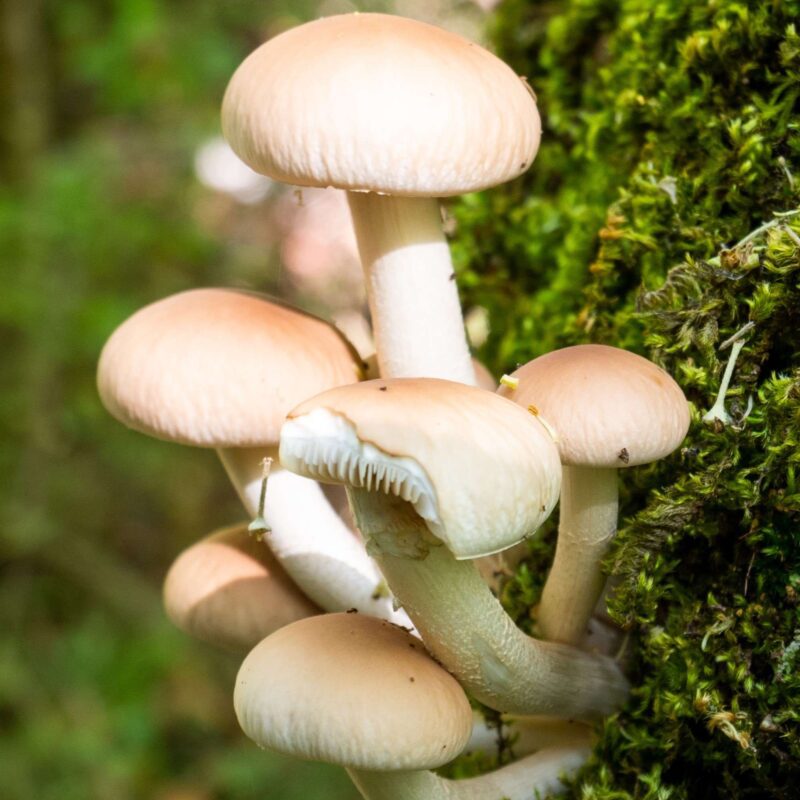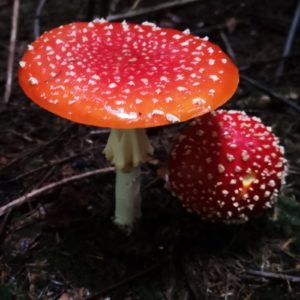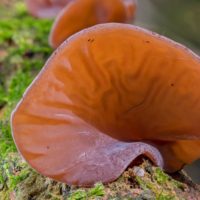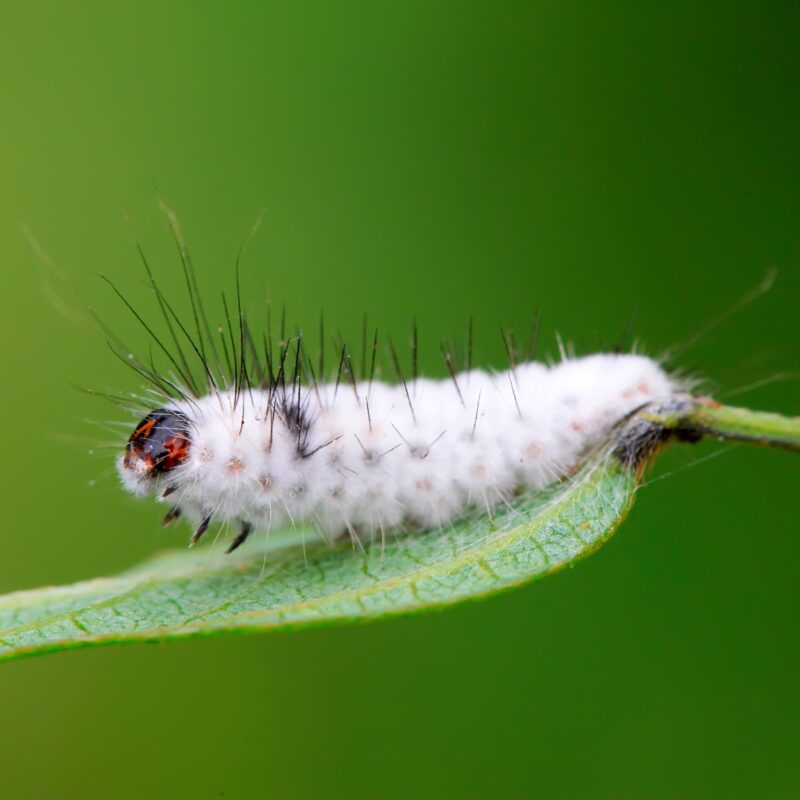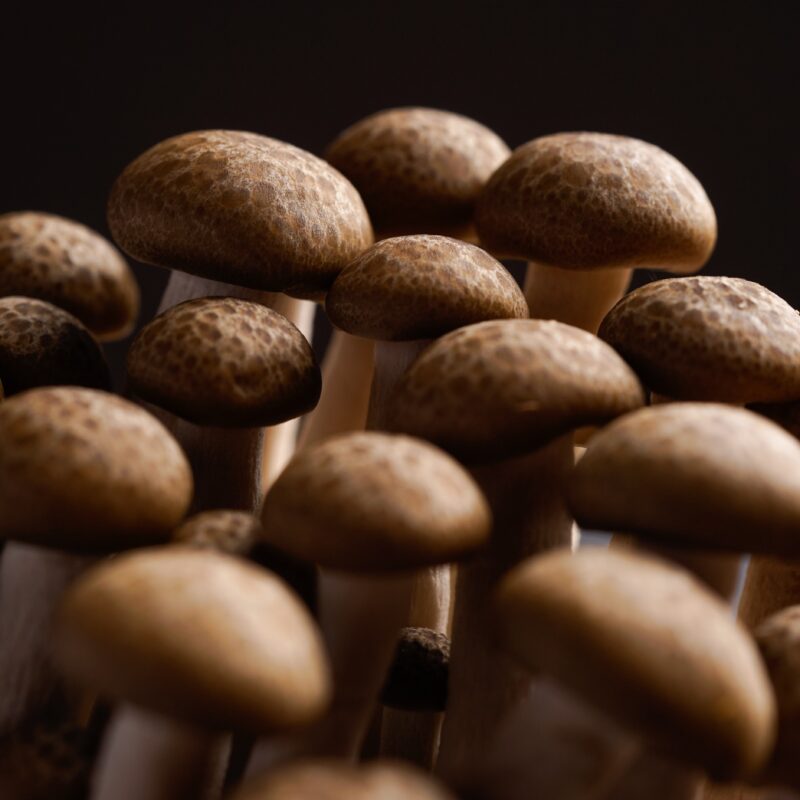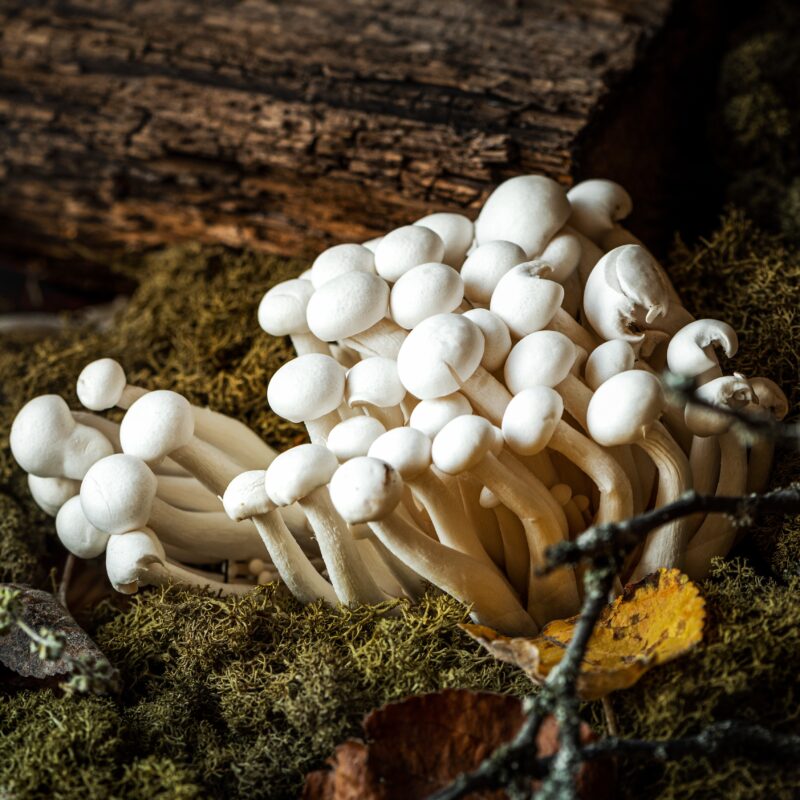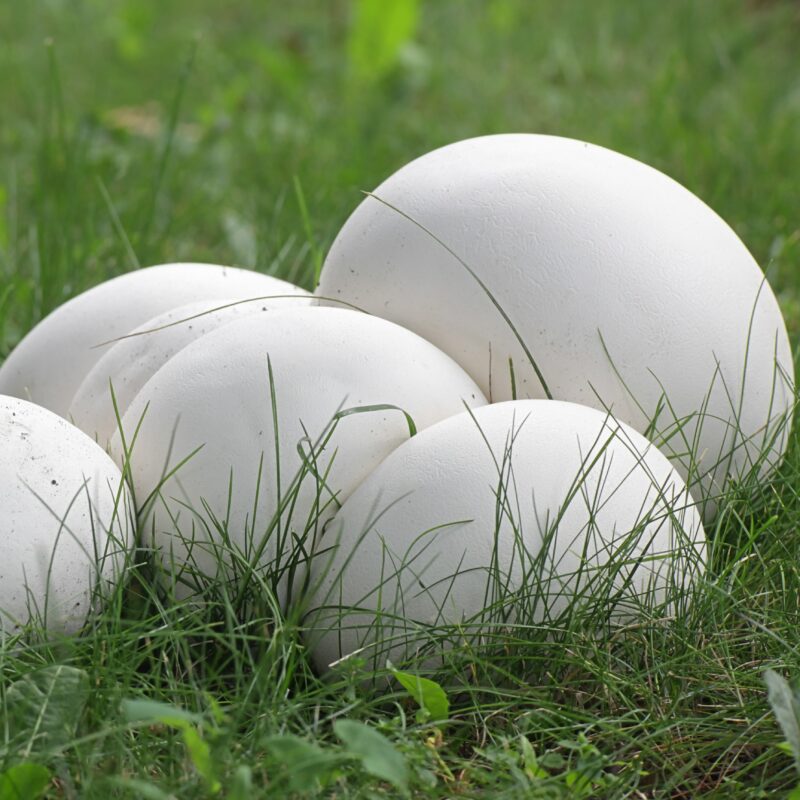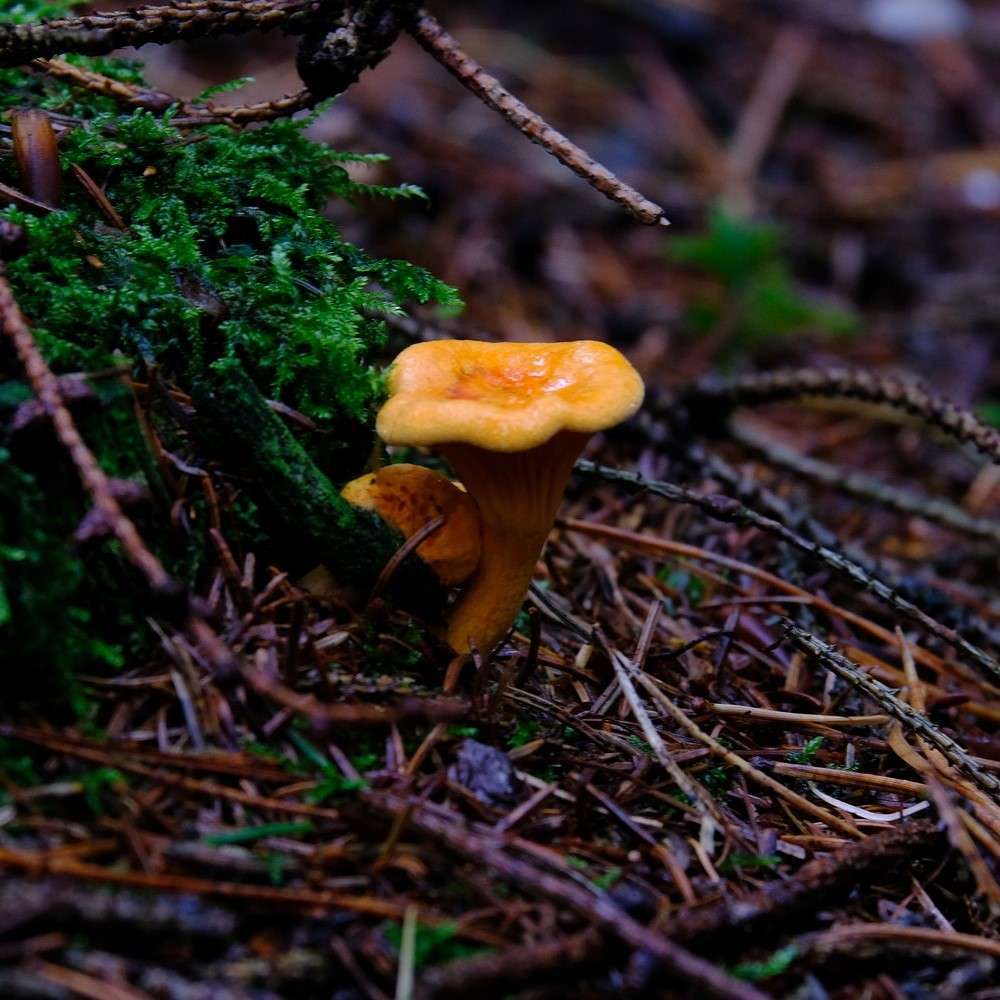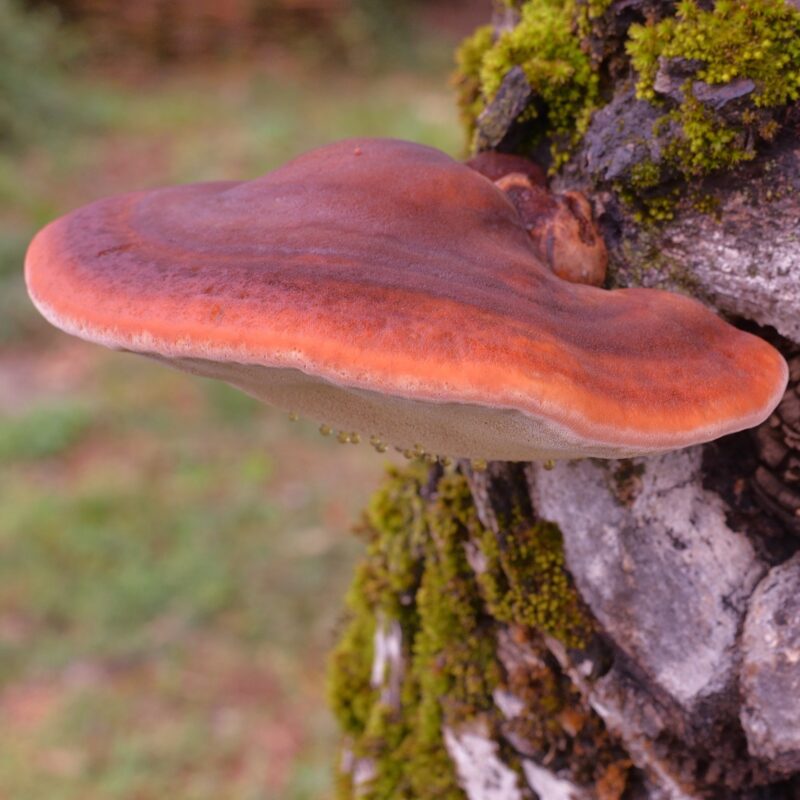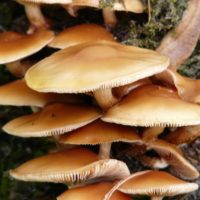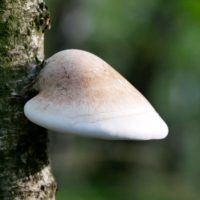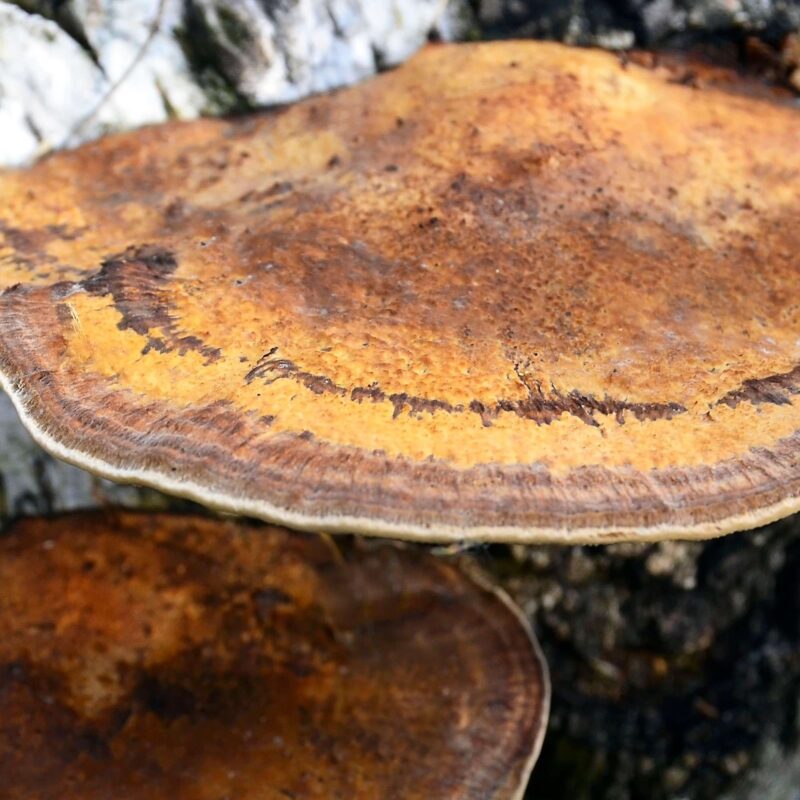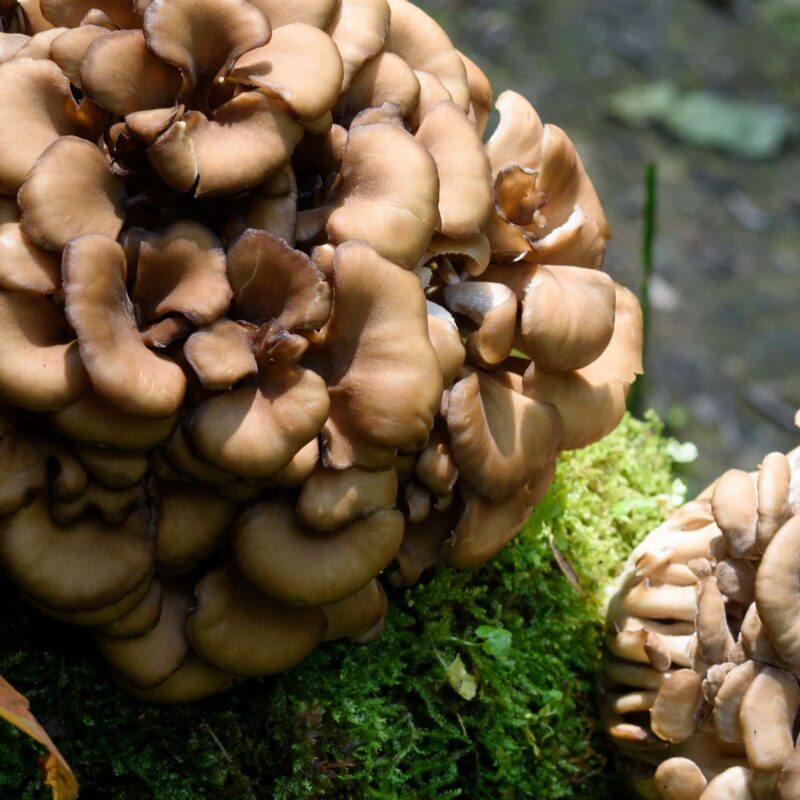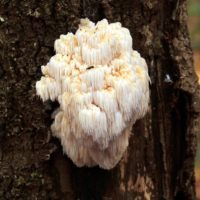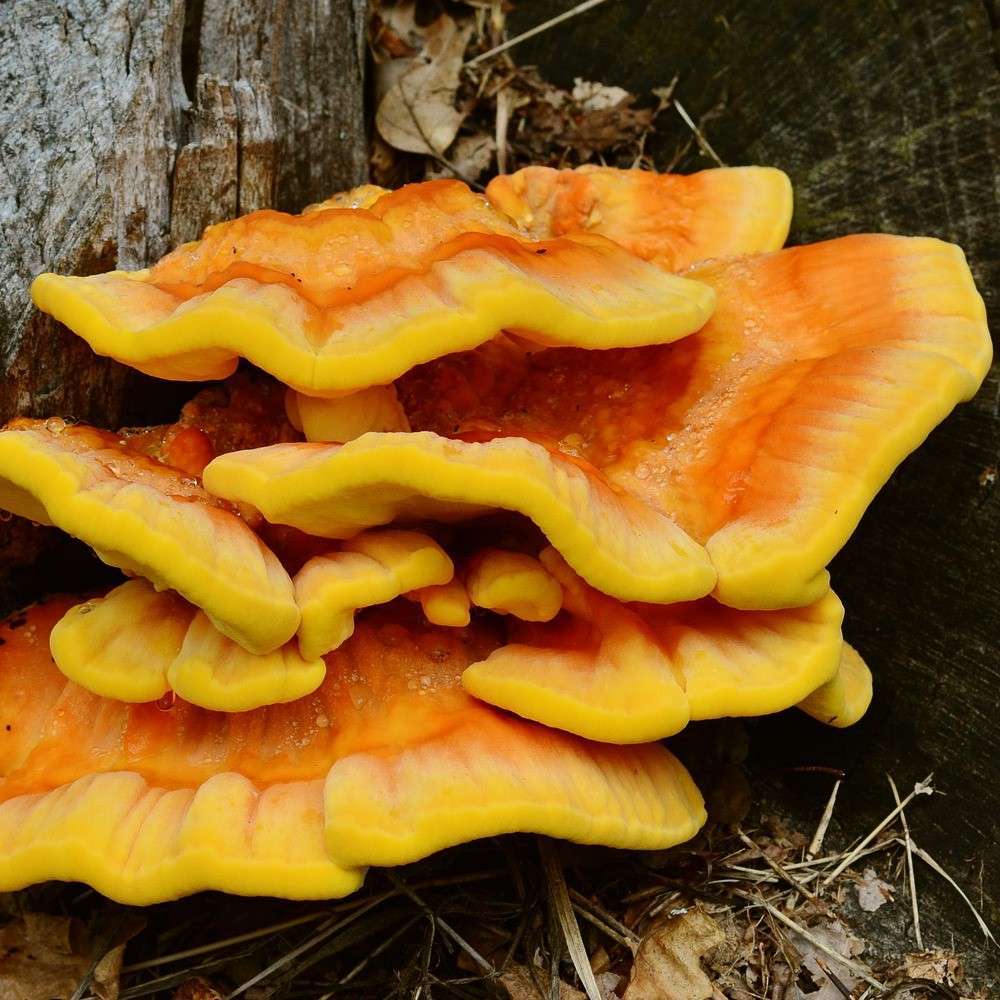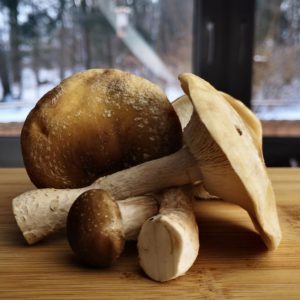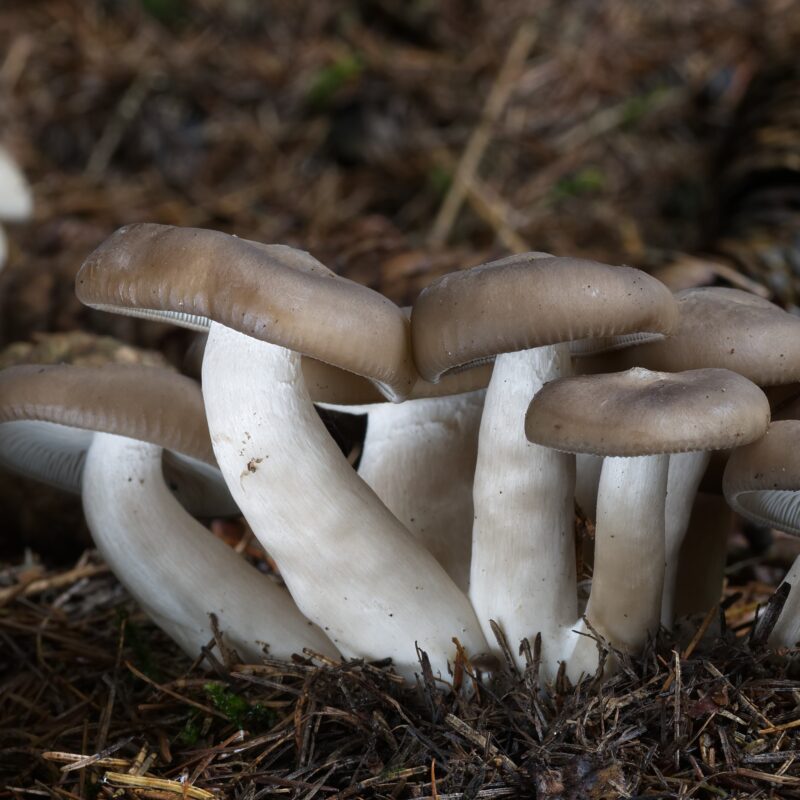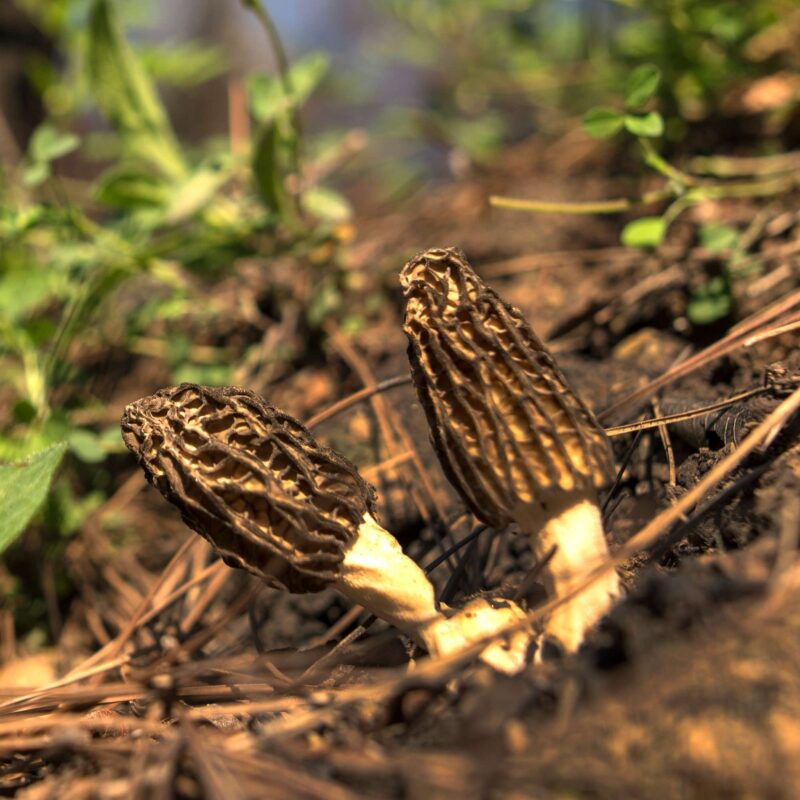Description
Properties
The coral tooth fungus (Hericium coralloides) is a species of fungus from the family of Hericiaceae. It was selected by the German Society for Mycology as the Mushroom of the Year 2006.
A rare mushroom, although widespread throughout Europe. Protected in Germany, the mushroom may not be collected. It can change its way of life to saprobiontic and is therefore easy to cultivate.
A vital mushroom of world format. It is grown commercially mainly by growers who supply the dietary supplement industry.
Stomach disorders, hot flashes, antiinflammatory, antioxidant, obesity, esophageal diseases, polyneuropathy, aAlzheimer’s disease, nervous disorders, aids digestion, relieves restlessness, anxiety and strengthens the immune system
The branched spiny beard is edible when young. Due to its rarity (Red List G[2]), the species should be protected.
1. Growing
Growing Procedure
Best breeding Hericium coralloides results with sterile substrates based on beech flour. Aim for only single fruiting bodies on the substrate, better leave only few fruiting windows for the fungus. Breeding on logs is also possible.
Coral tooth fungus do not need a ripening phase after successful colonization of the substrate, you can immediately transfer it to the fruiting phase.
You will get an optimal result in the form of a single fruiting body if you let the fungus fruit through the filter.
Growing
Agar Culture Media: MEA
Cropping: 2 flushes, 2 weeks apart
Containers for fruiting:
Biological efficience: 150g per 1kg substrate
Substrates: Rye Berries, grain mix, hardwood, straw, supplemented sawdust
Growing Characteristics
decomposer, the similar beard grows on coniferous wood & the hedgehog on hardwood
S
|
P
|
F
|
|
|---|---|---|---|
Temp °C |
21-25 | 18-24 | 10-17 |
Relative Humidity % |
95-100 | 80-85 | 85-95 |
Duration d |
15-18 | 12 | 14 |
CO2 ppm |
>10000 | 2000-5000 | |
FAE per h |
0-1 | ||
Light lux |
– | 500 |
Affiliate Partner
Natural Habitat
Hericium coralloides grows on the trunks of very rotten deciduous trees. It is mostly found on beeches, but also occurs on oaks, elms, ashes, poplars and birches. The species is widespread in Central Europe, moderately common in Germany. The fruiting bodies appear in autumn.
Deciduous trees, dead wood, preferably beech, very rarely also on spruce, late summer to late autumn, rare
2. Identification
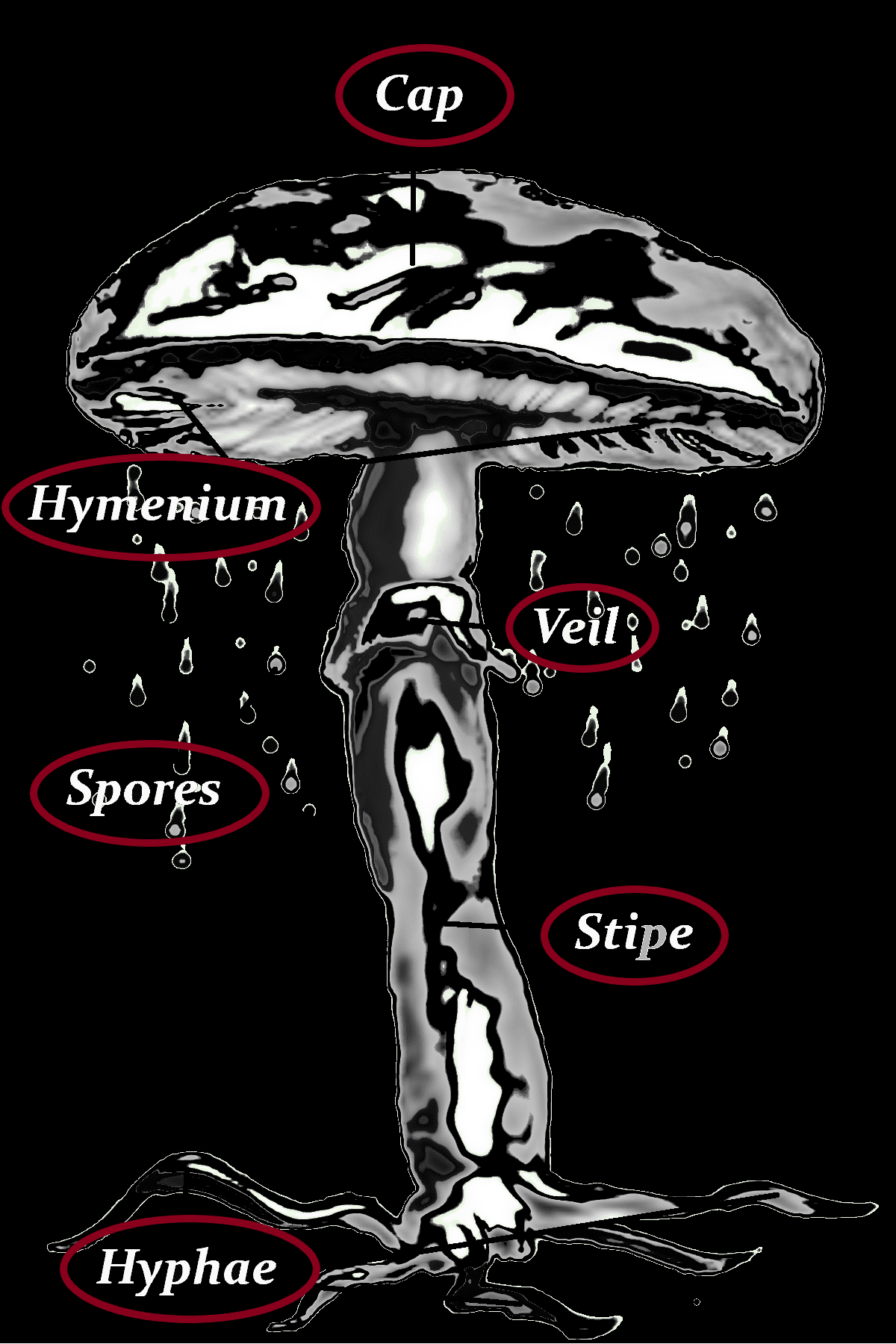
Cap
-12 (25) cm Ø
-white, later dirty yellow
-ascending branches starting from the common stem
-young bearded, old drooping
Hymenium
–
Veil
–
Stipe
–
Hyphae
–
Spores
-white
-4-5 x 3-4 µm
-globular
Danger of confusion
Tannenstachelbart, Igelstachelbart, Weißes Stachelspitzchen, Dorniger Stachelbart, Nördlicher Stachelseitling, Rasiges Stachelspitzchen
3. Consuming
Gourmet
Hericium coralloides are edible mushrooms with only mediocre taste like radish. Visually, however, an absolute feast for the eyes.
Flesh
whitish, soft, old and hard, fleshy, brittle.
Taste
mild
Smell
pleasant to slightly rettichy
Nutritional content per 100g
| Proximates: | |
| Water | 88.6g |
| Energy (Atwater General Factors) | 43kcal |
| Energy (Atwater Specific Factors) | 35kcal |
| Nitrogen | 0.4g |
| Protein | 2.5g |
| Total lipid (fat) | 0.26g |
| Ash | 1.08g |
| Carbohydrates: | |
| Carbohydrate, by difference | 7.59g |
| Minerals: | |
| Calcium, Ca | <2.5mg |
| Iron, Fe | 0.69mg |
| Magnesium, Mg | 11.7mg |
| Phosphorus, P | 94mg |
| Potassium, K | 443mg |
| Sodium, Na | 0mg |
| Zinc, Zn | 0.74mg |
| Copper, Cu | 177mg |
| Manganese, Mn | 0.18mg |
| Selenium, Se | 1.8µg |
| Vitamins and Other Components: | |
| Thiamin | 146mg |
| Riboflavin | 363mg |
| Niacin | 1.63mg |
| Vitamin B-6 | 66mg |
| Biotin | 17µg |
| Folate, total | 30µg |
| Vitamin D (D2 + D3), International Units | 0.8IU |
| Vitamin D (D2 + D3) | 0.02µg |
| Vitamin D2 (ergocalciferol) | 0.02µg |
| Vitamin D4 | 0µg |
| Phytosterols: | |
| Stigmasterol | <0.2mg |
| Campesterol | <0.2mg |
| Beta-sitosterol | <0.2mg |
| Ergosta-7-enol | 2.52mg |
| Ergosta-5,7-dienol | 4.41mg |
| Ergosta-7,22-dienol | 819mg |
| Ergosterol | 68mg |
| Beta-sitostanol | <0.2mg |
| Delta-5-avenasterol | <0.2mg |
| Delta-7-Stigmastenol | <0.2mg |
| Amino acids: | |
| Ergothioneine | 17mg |
© U.S. Department Of Agriculture
4. Data med, edible
other names
| Armenisch |
Ոզնասունկ բուստանման
|
| Chinesisch (traditionell) | 分枝猴頭菇 |
| Chinesisch (vereinfacht) | 珊瑚状猴头菌 |
| Deutsch |
Ästiger Stachelbart
|
| Dänisch | Koralpigsvamp |
| Englisch |
Coral tooth fungus
|
| Estnisch |
harunev korallnarmik
|
| Finnisch | koralliorakas |
| Französisch | Hydne corail |
| Japanisch |
サンゴハリタケ
|
| Litauisch |
Korališkasis trapiadyglis
|
| Niederländisch |
Kammetjesstekelzwam
|
| Norwegisch | korallpiggsopp |
| Polnisch |
Soplówka bukowa
|
| Russisch |
Ежовик коралловидный
|
| Schwedisch |
koralltaggsvamp
|
| Tschechisch |
korálovec bukový
|
| Tschechisch | korálovec bílý |
| Ungarisch |
Közönséges petrezselyemgomba
|
| Wissenschaftl. Name |
Hericium coralloides
|
| Wissenschaftl. Name |
Hericium laciniatum
|
| Wissenschaftl. Name |
Hericium ramosum
|
| Wissenschaftl. Name |
Hydnum coralloides
|
other names
Hericium Coralloides, Hericium Ramosum, Ästiger Stachelbart, Buchenstachelbart, Alpen Stachelbart, Eiskoralle, Bartkoralle, Korallenstachelbart
| Kingdom | Fungi |
|---|
| Division | Basidiomycota |
| Class | Agaricomycetes |
| Order | Russulales |
| Family | Hericiaceae |
| Genus | Hericium |
| Species | H. coralloides |
| Ecology | Saphrotrophic |



